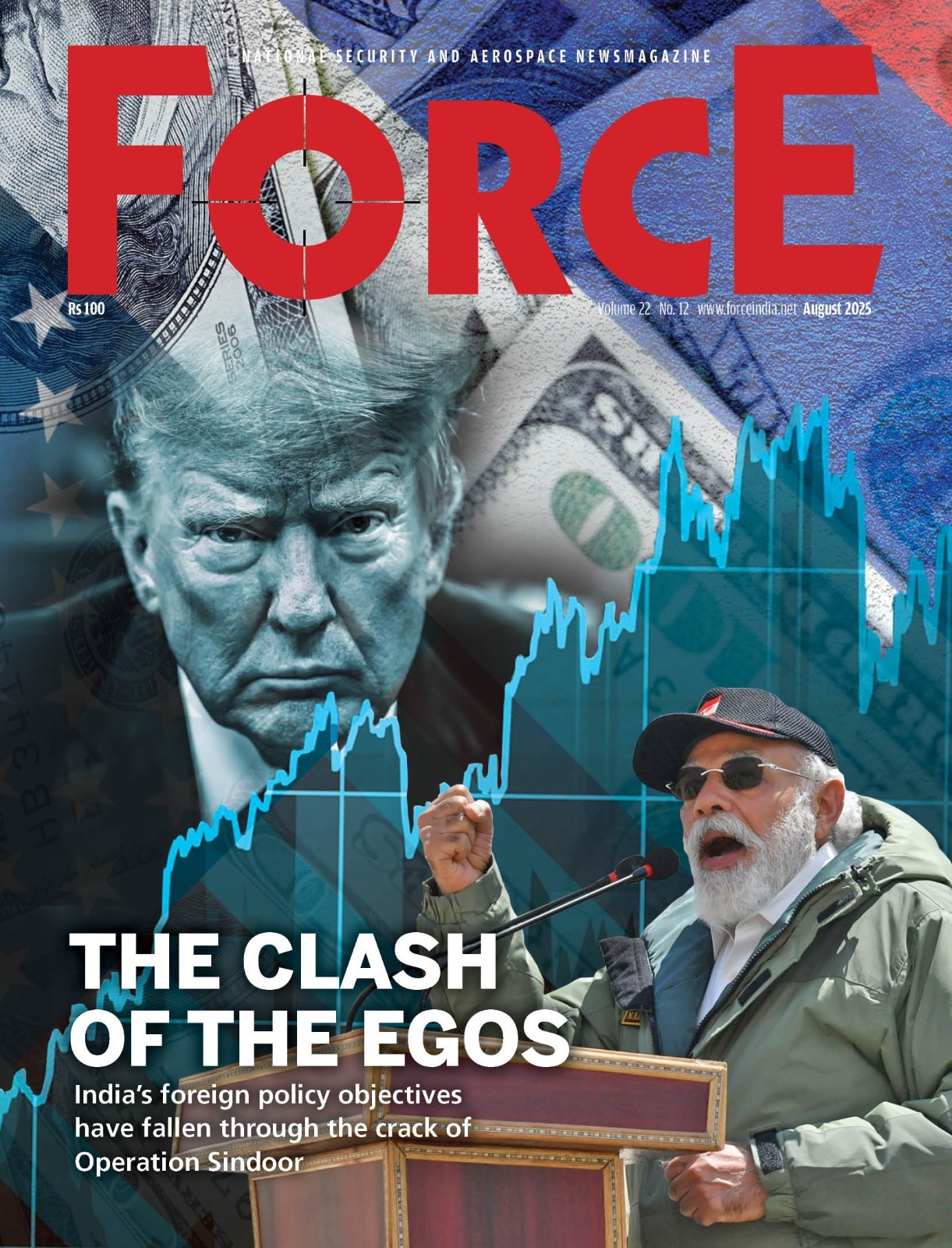Hell on Earth
A frightening, but realistic account of a nuclear attack
Annie Jacobsen

A 1-megaton thermonuclear weapon detonation begins with a flash of light and heat so tremendous it is impossible for the human mind to comprehend. One hundred and eighty million degrees Fahrenheit is four or five times hotter than the temperature that occurs at the center of the Earth’s sun.
In the first fraction of a millisecond after this thermonuclear bomb strikes the Pentagon outside Washington, D.C., there is light. Soft X-ray light with a very short wavelength. The light superheats the surrounding air to millions of degrees, creating a massive fireball that expands at millions of miles per hour. Within a few seconds, this fireball increases to a diameter of a little more than a mile (5,700 feet across), its light and heat so intense that concrete surfaces explode, metal objects melt or evaporate, stone shatters, humans instantaneously convert into combusting carbon.
The five-story, five-sided structure of the Pentagon and everything inside its 6.5 million square feet of office space explodes into superheated dust from the initial flash of light and heat, all the walls shattering with the near-simultaneous arrival of the shock wave, all 27,000 employees perishing instantly.
Not a single thing in the fireball remains.
Nothing.
Ground zero is zeroed.
Traveling at the speed of light, the radiating heat from the fireball ignites everything flammable within its line of sight several miles out in every direction. Curtains, paper, books, wood fences, people’s clothing, dry leaves explode into flames and become kindling for a great firestorm that begins to consume a 100-or-more-square-mile area that, prior to this flash of light, was the beating heart of American governance and home to some 6 million people.
Several hundred feet northwest of the Pentagon, all 639 acres of Arlington National Cemetery—including the 400,000 sets of bones and gravestones honoring the war dead, the 3,800 African American freed people buried in section 27, the living visitors paying respects on this early spring afternoon, the groundskeepers mowing the lawns, the arborists tending to the trees, the tour guides touring, the white-gloved members of the Old Guard keeping watch over the Tomb of the Unknowns—are instantly transformed into combusting and charred human figurines. Into black organic-matter powder that is soot. Those incinerated are spared the unprecedented horror that begins to be inflicted on the 1 to 2 million more gravely injured people not yet dead in this first Bolt out of the Blue nuclear strike.
Across the Potomac River one mile to the northeast, the marble walls and columns of the Lincoln and Jefferson memorials superheat, split, burst apart, and disintegrate. The steel and stone bridges and highways connecting these historic monuments to the surrounding environs heave and collapse. To the south, across Interstate 395, the bright and spacious glass-walled Fashion Centre at Pentag
Subscribe To Force
Fuel Fearless Journalism with Your Yearly Subscription
SUBSCRIBE NOW
We don’t tell you how to do your job…
But we put the environment in which you do your job in perspective, so that when you step out you do so with the complete picture.








